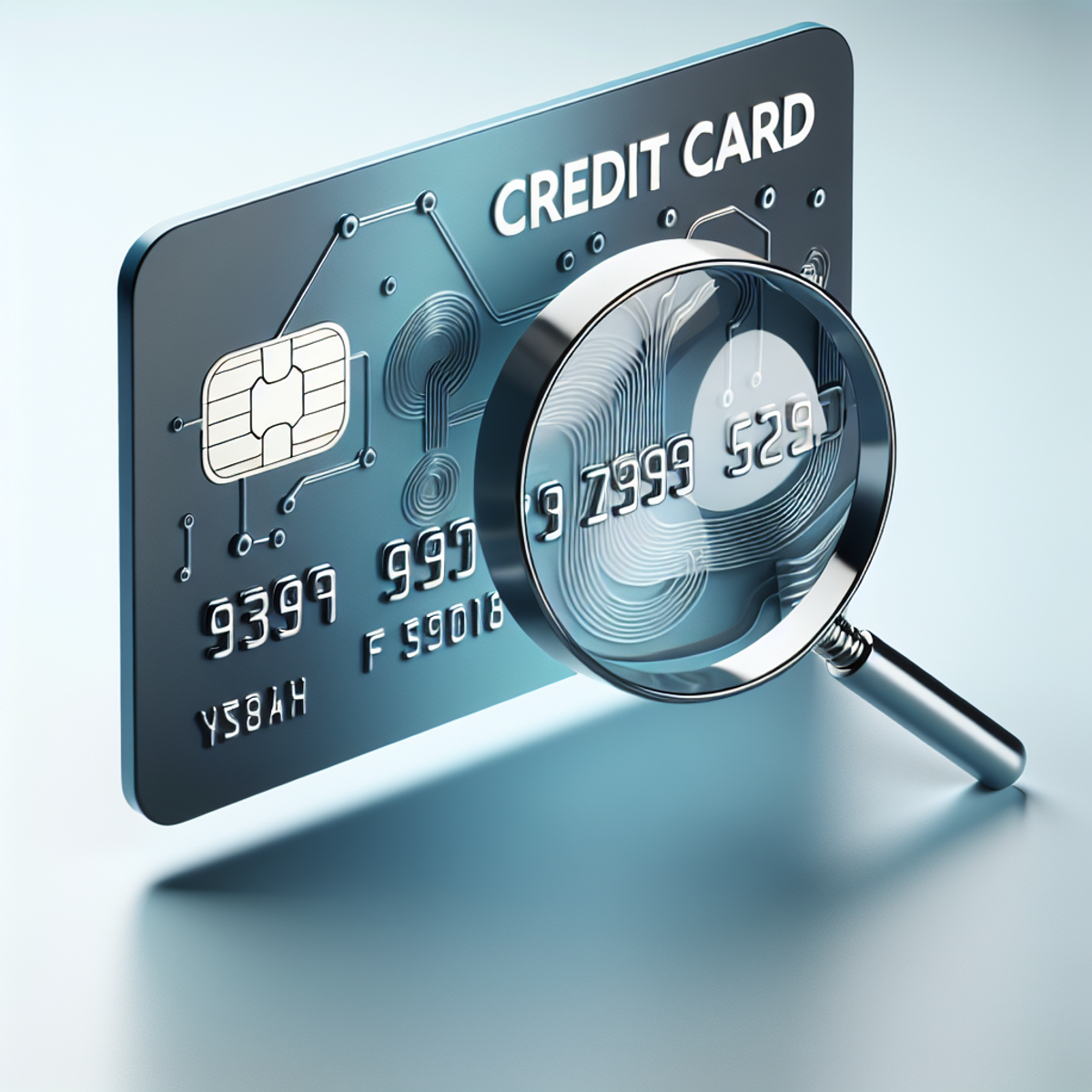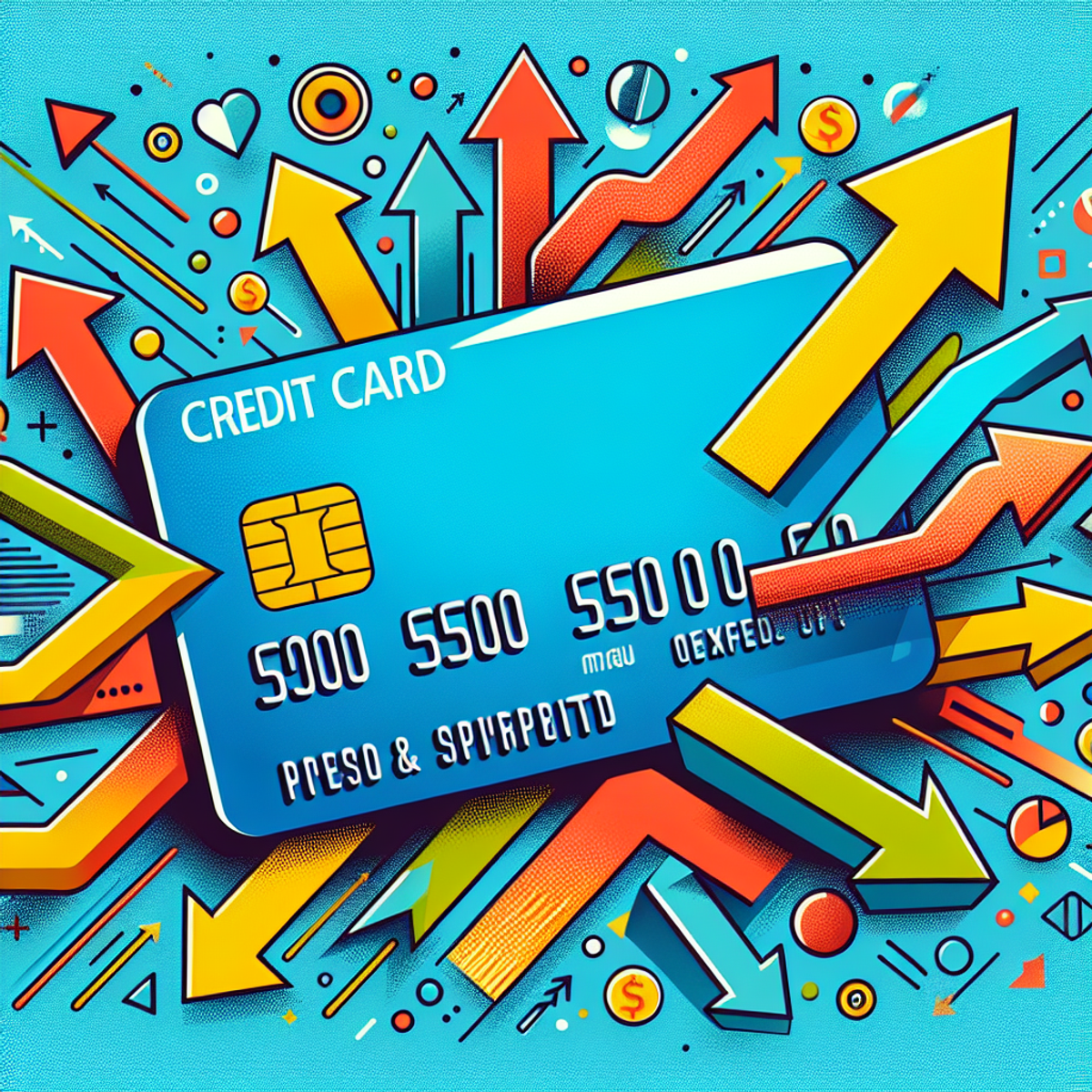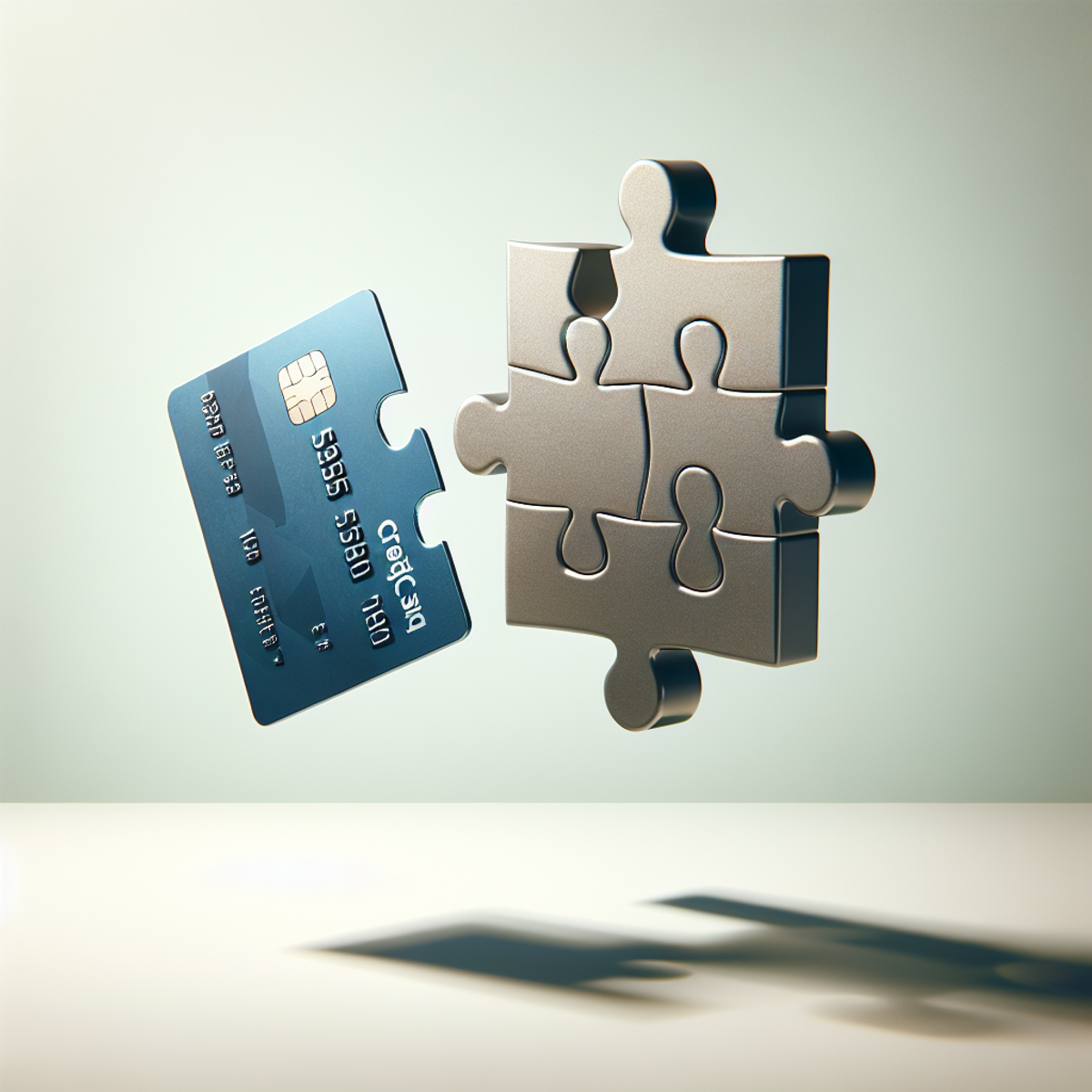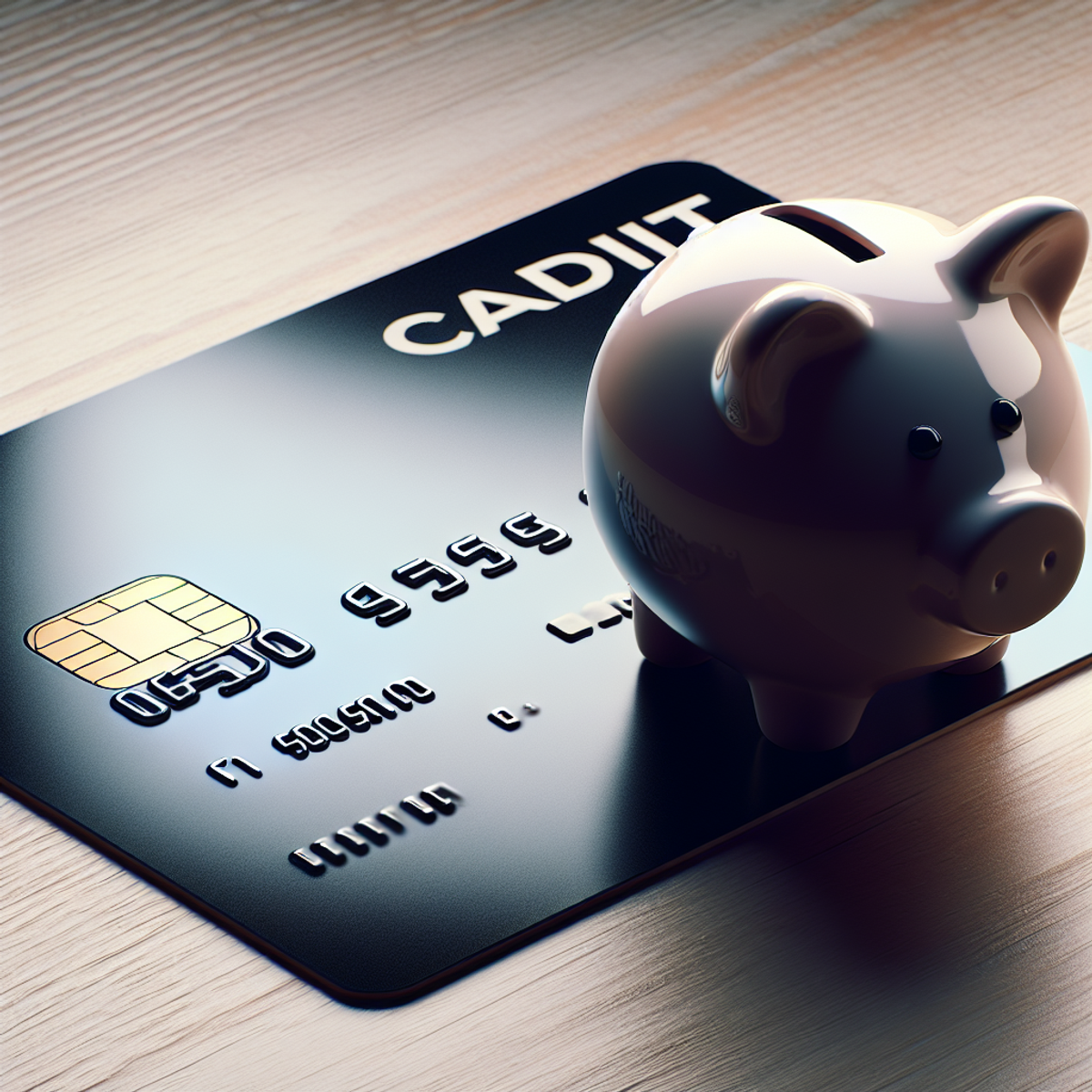Introduction
When you whip out your credit card at the cash register, or type in its number for an online buy, you’re dealing with a system that works based on credit card interest rates. Simply put, these rates are the price you pay for using your card’s money. The rate is tagged onto any money you owe past the grace period, leading to additional costs that increase your total debt.
Knowing about credit card interest rates isn’t just about figuring out numbers on your bill; it’s a key part of managing your personal finances. Being savvy in this field lets you make smart choices, which could save you hundreds or even thousands of dollars every year. It also helps keep your credit history clean by steering clear of unnecessary debt.
This guide aims to walk you through the complexities of credit card interest rates. You will learn about:
- Different types of rates, like purchase APR and balance transfer APR, how they’re calculated, and when they apply.
- How these rates are swayed by things like your credit score and economic changes.
- Ways to lessen interest payments and negotiate better conditions.
Equipped with tactics to cut down interest payments and haggle for better terms, you’ll be ready to save cash and handle credit confidently.

1. Diving Deeper into Different Types of Credit Card Interest Rates
Understanding the nuances of various types of credit card interest rates is not just crucial but empowering. It gives you a better grip on your financial decisions, enabling effective credit management. Let’s delve further into each type and comprehend how they impact your transactions.
Purchase APR
The Purchase APR (Annual Percentage Rate) is the rate of interest applied to your balance when you use your credit card for purchases and fail to clear the full balance within each billing cycle. This rate can vary significantly, influenced by factors such as the specific policies of your card issuer and your credit score.
To manage this rate effectively:
- Make it a habit to settle your balance in full every month. This not only avoids interest charges but also helps maintain a healthy credit score.
- If paying in full isn’t feasible, make an effort to pay more than just the minimum payment. This will help reduce the amount of interest you’ll accrue over time.
Balance Transfer APR
The Balance Transfer APR comes into play when you move balances from one card onto another, often used as a strategy for consolidating debt. This rate is typically lower than the Purchase APR, making it an attractive option for managing high-interest debt. However, consider these points:
- Always be sure to factor in any transfer fees before deciding to relocate a balance.
- Keep an eye on the length of lower-rate periods – after this introductory period ends, a higher rate usually applies.
Introductory APR
Offered as a promotional strategy, Introductory APRs are typically low – sometimes even 0% – for a set period after opening a new credit card account. After this introductory period ends, however, the regular (and often higher) APR kicks in.
To capitalize on these offers:
- Use this period as an opportunity to pay down high-interest debt.
- Avoid making new purchases until any existing balances are fully paid off.
Cash Advance APR
The Cash Advance APR applies when you withdraw money from an ATM or bank using your credit card. This rate is often considerably higher than other types of interest, making cash advances a costly option. As a rule of thumb, try to avoid cash advances unless absolutely necessary.
Penalty APR
The Penalty APR is a higher rate that usually comes into effect if you miss a payment deadline. This elevated rate can often be reduced after six consecutive months of punctual payments.
To prevent this punitive rate:
- Stay on top of your payments by setting reminders or automating payments.
- Immediately contact your credit card issuer if you anticipate missing a payment deadline.
By deepening your understanding of these different types of credit card interest rates and knowing when they apply, you’re better equipped to make informed decisions about your credit card usage. Over time, this knowledge could potentially save you a significant amount of money, allowing you to take control of your finances with confidence.

Exploring the Significant Impact of Credit Scores on Credit Card Interest Rates
When it comes to determining the interest rate you’re offered on a credit card, credit card issuers weigh your credit score heavily. Think of this three-digit number as a fiscal health check, indicating how reliable you are at repaying borrowed money. Credit scores range from 300 to 850 – the nearer to 850, the more appealing you are to lenders.
Delving into How Your Credit Score Influences Your Interest Rates:
Exceptional Credit Scores
Credit scores that fall at 670 or above are generally classified as excellent. If your score lands within this range, you’re likely to receive favorable terms when it comes to credit card interest rates. Why? Because you pose a minimal risk to lenders. They can confidently offer you attractive deals such as cards with short-term 0% APR offers or rewards programs coupled with competitive ongoing APRs.
Subpar Credit Scores
Conversely, if your score is languishing below 580, it’s unfortunately considered substandard. In these situations, you’re likely to encounter higher interest charges. From a lender’s viewpoint, lending to you carries more risk, which they balance by elevating the interest rates. Over time, if left unchecked, this could accumulate significantly if there are any unpaid balances on your card.
Strategies for Managing Interest Rates Effectively Based on Your Credit Score:
- Monitor Your Credit Report Diligently: Cultivate a routine of checking your credit report regularly; this enables you to spot any errors and identify areas for improvement.
- Never Miss a Payment: Strive to pay all your bills punctually; prompt payments contribute significantly to your credit score.
- Regulate Your Credit Utilization: Endeavour to keep your card balance low relative to your total credit limit; ideally, it should not exceed 30%.
If you’re contemplating getting a new credit card, American Express presents a multitude of options tailored to accommodate different credit scores.
By understanding how credit scores influence interest rates and taking proactive steps to enhance your score, you increase your chances of securing lower rates and saving money in the long run. Bear in mind that boosting your credit score is not an instant process, but the financial benefits it can yield make it worth your while.ing top of your payment due dates.
Credit Score
Your credit score stands as a key player in the arena of interest rates you’re eligible for. In general terms, higher credit scores pave the way for lower interest rates. If you’re keen to give your credit score a boost, consider these steps:
- Stay on top of all your credit accounts and ensure timely payments.
- Keep a close eye on your credit utilization ratio – aim to use no more than 30% of your available credit.
If you’re mulling over the idea of getting a new credit card, take a look at American Express. They offer a broad range of options designed to cater to various credit scores.
By grasping the impact of credit scores on interest rates and taking assertive steps to improve your score, you stand a better chance of landing lower rates and keeping more money in your pocket in the long run. Keep in mind that elevating your credit score isn’t an overnight affair, but the financial perks it can offer make it well worth the effort.

3. Understanding Credit Card Interest Rates Today: A Closer Look
Navigating the ever-changing landscape of credit card interest rates can feel like a daunting task. However, staying up-to-date with the latest facts and trends is vital. Here are some key points to keep in mind:
Crucial Statistics:
- As it stands, the average US credit card interest rate hovers around an alarming 24.59%. This figure represents the highest rate since record-keeping started in 2019.
- Alarmingly, certain credit cards sport interest rates climbing to 29.99% or even higher.
Current Trends:
- Over recent years, we’ve seen a consistent upward trend in credit card interest rates.
- Interestingly, January 2024 marked a brief interval in this steady rise, recording the first month without an increase in new credit card offer APRs since way back in February 2022.
- This hiatus followed hot on the heels of an unprecedented run of 22 straight monthly increases, sparked by a Federal Reserve rate hike back in July 2023.
Major Influences:
The powerful Federal Reserve wields a significant influence here. Decisions they make about interest rates directly shape the prime rates used by banks. This, in turn, reverberates down to variable APRs on credit cards offered by institutions like Discover Consumer Bank. As this central bank adjusts rates in response to economic conditions, credit card issuers mirror these changes by tweaking their own APRs.
Looking ahead, there’s chatter about possible rate reductions by the Federal Reserve in 2024. If this happens, it could shake up the current dynamics concerning credit card interest rates. Such a move would be a sigh of relief for those wrestling with high-interest debts.
However, it’s important to remember that despite the average FICO Score remaining fairly stable at 714, many cardholders are still sinking under the burden of hefty interest charges. Given the ongoing uncertainty around APRs, it’s vital for folks to take control and make wise choices when handling their credit.
As our economy continues to change, staying alert and proactive in managing your credit is key. By keeping track of payment due dates, maintaining a low credit utilization ratio, and always making payments on time, you can significantly boost your credit score over time. Not only does this improve your odds of securing lower interest rates but it also puts you in a stronger financial position overall.
Credit card interest rates can shift based on various factors such as the Federal Reserve’s fiscal policy, market conditions, and an individual’s creditworthiness. By understanding these elements and taking an active role in managing your credit, you can set yourself up for better interest rates and financial security. So while the realm of credit card interest rates may seem intricate, with some knowledge and effort, you can successfully navigate it and enjoy the benefits.

4. Factors Shaping Credit Card Interest Rates
Credit card interest rates don’t just happen. They’re shaped by several elements – some big, some small.
Economic Conditions
One key player that sways credit card interest rates is the overall economic climate. When the economy is booming, interest rates often climb. Why? Because people are more ready to borrow and splash out. On the other hand, when the economy hits a rough patch, interest rates can drop to give borrowing (and spending) a helping hand.
Creditworthiness
On a more personal level, your credit score holds considerable power in deciding your credit card’s APR. In general terms, if your credit score is sky-high, your interest rate will be low. This is simply because lenders see folks with top-notch credit scores as less of a financial gamble.
The Role of the Federal Reserve
The Federal Reserve also leaves its mark on credit card interest rates through its control of the federal funds rate — the rate banks charge each other for short-term loans. When the Federal Reserve hikes up this rate, it costs more for banks to borrow. These extra costs often trickle down to customers as higher credit card APRs.
In a nutshell:
- Economic conditions can send credit card interest rates up and down.
- Your own creditworthiness has a direct effect on your personal APR.
- The Federal Reserve’s decisions have a knock-on effect on credit card interest rates via changes to the federal funds rate.
Grasping these influential factors can empower you to stay ahead of fluctuating credit card APRs and manage your debt like a pro.
If you’re keen to continue mastering your money management, consider utilizing resources provided by Bank of America. This trusted financial institution is committed to enhancing everyone’s financial health, one interaction at a time. Bank of America offers an array of tools and resources designed to deepen your understanding of credit and facilitate effective debt management. With offerings ranging from tailored financial advice to educational articles, they’ve got your back. Whether your goal is to boost your credit score or maintain solid control over your finances, diving into these resources could be a beneficial step on your path towards financial stability.
Techniques to Minimize Credit Card Interest Rates
Dealing with high credit card interest rates can be financially challenging. However, there are several effective techniques that might lighten this load:
1. Make Debt Payment a Priority
Focus on clearing credit card balances with the steepest APRs first, while maintaining minimum payments on your other cards. This strategy, referred to as the avalanche method, helps you save on interest costs in the long run.
2. Consider Balance Transfer Cards
A balance transfer card typically offers a low or even 0% introductory APR for a certain period. Moving high-interest balances to such a card can give you some financial breathing space to reduce debt without piling up more interest.
3. Bargain for Lower APR
Don’t hesitate to reach out to your credit card issuer and negotiate a lower interest rate. If you’ve been diligent about making timely payments and have maintained good credit standing, issuers like Capital One might consider adjusting your rate.
4. Boost Your Credit Score
A better credit score could make you eligible for cards with lower interest rates. Regular on-time payments, keeping your balances low, and steering clear of new debt can all boost your credit score.
5. Clear Balances Monthly
In an attempt to dodge interest charges completely, it’s a good idea to aim to clear your full balance every month. By doing this, you’ll be able to take advantage of the grace period that most credit cards offer.
Putting these techniques into action demands self-control and careful financial planning. However, they could result in substantial savings on interest payments. It’s important to remember that tackling high-interest debt sooner rather than later will save you more money over the long haul.
Grasping the concept of credit card interest rates is a stepping stone towards achieving financial stability and freedom. By employing the strategies discussed here—like making debt repayment a priority, haggling for lower APRs, and enhancing your credit score—you are setting yourself up for success in saving on interest rates and effectively managing your credit card debt.
Embrace these habits to confidently navigate your financial journey and make wise decisions that pave the way for a healthier financial future. Keep in mind, every step you take towards understanding and managing interest rates boosts your potential to attain financial wellness.
By staying informed and proactive, you can lessen the impact of fluctuating credit card APRs on your personal finances. Don’t forget to regularly go over your credit card statements, compare deals from different issuers, and consider transferring balances to cards with lower interest rates. Make use of tools such as budgeting apps and credit score trackers to stay ahead of your financial health. And most importantly, practice responsible credit card usage by paying your bills on time and in full whenever possible. Armed with knowledge and discipline, you can sail through the intricate world of credit card interest rates with confidence.
FAQs(Frequently Asked Questions)
What are the different types of credit card interest rates?
Credit card interest rates are categorized into several types, each with its own specific conditions and purposes. These include:
- Purchase APR: This is the standard interest rate applied to purchases made with your credit card if you carry a balance from month to month.
- Balance Transfer APR: This is the interest rate charged when you move a debt from one card to another. It’s typically lower than the purchase APR for a limited period.
- Introductory APR: This is usually a low or even 0% APR offered for a specified period when you first open your account. After the introductory period ends, the regular APR applies.
- Cash Advance APR: This is the rate applied to cash borrowed against your credit line, often higher than other types of APRs.
- Penalty APR: This is an increased rate that can be applied if you violate certain terms of your credit agreement, such as making late payments.
How does your credit score impact your credit card interest rates?
Your credit score plays a pivotal role in determining the interest rates on your credit cards. Card issuers use it as an indicator of how risky it is to lend you money.
- If you have a good credit score (typically 670 and above), lenders see you as less risky, so they tend to offer lower interest rates.
- On the other hand, a bad credit score (below 580) suggests higher risk and can lead to higher interest rates.
What are some strategies for managing interest rates based on credit score?
To effectively manage your interest rates based on your credit score, consider implementing these strategies:
- Regularly Check Your Credit Report: Ensure there are no errors that could be hurting your score.
- Strive for a Good Credit Score: Maintain a score of 670 and above for lower interest rates.
- Manage Balances Judiciously: If you have a poor credit score, be extra cautious with your balances to avoid high-interest charges.
What are some factors that influence credit card interest rates?
Several factors can influence the interest rates on your credit card. These include:
- Economic Conditions: General economic conditions such as inflation or recession can affect interest rates.
- Individual Creditworthiness: Your financial history and credit score largely determine how lenders view your risk level.
- Federal Reserve Policies: The Federal Reserve’s decisions on federal funds rate impact all types of interest rates, including credit card APRs.
How can I save money on credit card interest rates?
To reduce the amount of money you spend on credit card interest rates, consider these tactics:
- Prioritize Paying Down Debt: Aim to pay off your balances in full each month to avoid accruing interest.
- Consider Balance Transfer Cards: Look for cards offering low or 0% introductory APRs on balance transfers.
- Negotiate for Lower APR: Contact your issuer to negotiate a lower interest rate, especially if you’ve been a good customer over time.
- Improve Your Credit Score: A higher score can qualify you for cards with lower interest rates.
- Pay Off Balances Monthly: Make it a habit to pay off your balance each month to avoid any interest charges.
